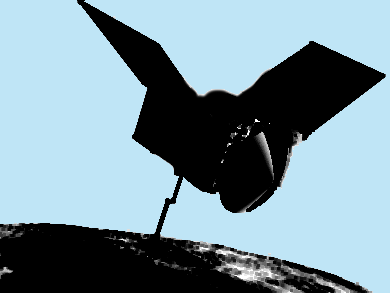The Regolith X-ray Imaging Spectrometer (REXIS) is a student-built experiment aboard NASA’s Origins, Spectral Interpretation, Resource Identification, Security-Regolith Explorer (OSIRIS-REx) mission. REXIS will determine elemental abundances on the surface of asteroid Bennu. This complements the mineral and chemical mapping capabilities provided by two other instruments on the spacecraft.
REXIS will observe the solar X-rays and their interaction with the asteroid’s surface material, or regolith. The surface responds to this incoming energy by glowing faintly, or fluorescing, by emitting X-rays. These X-rays have an energy that is uniquely characteristic of the elements. REXIS is a telescope that images this X-ray fluorescence, allowing the production of maps of the different elements present on Bennu’s surface.
REXIS was designed by students from Massachusetts Institute of Technology (MIT) and Harvard University, both in Cambridge, USA. After a competitive process REXIS was selected as a student collaboration experiment as part of OSIRIS-REx. The instrument itself will involve more than 100 students throughout the mission. Students at Harvard and MIT will perform data analysis as part of their coursework.
OSIRIS-REx will be the first U.S. mission to sample an asteroid. After launch in September 2016, the OSIRIS-REx spacecraft will travel to the near-Earth asteroid Bennu and retrieve at least 60 g (2.1 oz) of surface material and return it to Earth for study. Scientists expect that Bennu may hold clues to the origin of the solar system and the source of the water and organic molecules that may have made their way to Earth.
- More information on OSIRIS-Rex
Also of interest:
- How Amino Acids Formed in the Universe,
Vera Koester, Uwe Meierhenrich,
ChemViews Mag. 2015.
DOI: 10.1002/chemv.201500104
Professor Meierhenrich, France, about his involvement in the Rosetta mission and its importance for chemists




